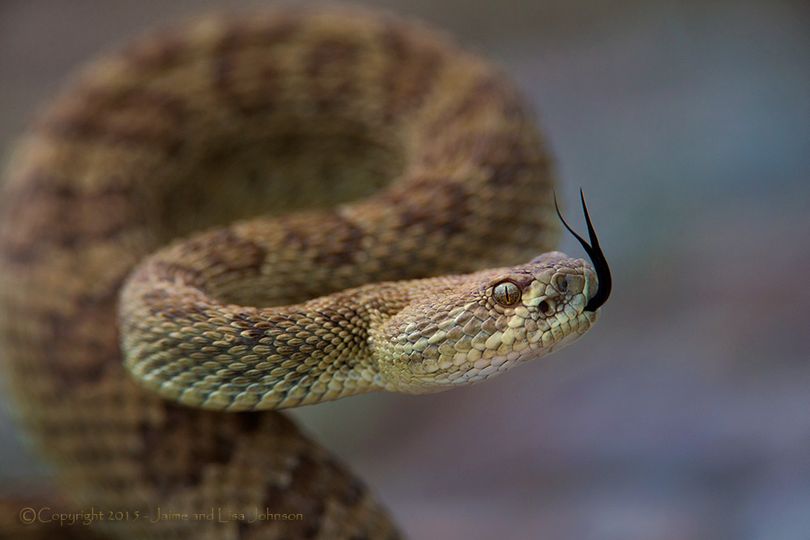Snakes alive are preferred option

REPTILES – Snakes aren’t bad. They’re misunderstood, according to experts quoted in the Wenatchee World.
Remember that before reaching for something to kill the ones you’ll see stretched across hiking trails this time of year, sunning on rocks or venturing into yards, writes reporter Christine Pratt.
And that includes the Western rattlesnake, a familiar reptile to residents of North Central Washington. It’s the only venomous snake of the state’s dozen snake species.
“Our local species of rattlesnake is not particularly aggressive. It’s usually pretty easy to move around, Scott Fitkin, a biologist with the state Department of Fish and Wildlife said this week. ”If they’re out on public land, leave them alone and they’ll leave you alone.“
All of the state’s snake species would first try to get away from you, unless they’re cornered or otherwise threatened, Fitkin says. Even a rattlesnake will flee or at least rattle a warning. It should only be killed if it becomes defensive and can’t be avoided, he said.
The gopher snake, also called a vole snake, resembles a rattlesnake, but doesn’t have a rattle or venom. Even so, it mimics a rattlesnake as a form of defense by coiling and even shaking its tail. Scary, but harmless.
”Snakes are an important part of our ecosystem,“ he said. ”Many snakes feed importantly on rodents. Snakes don’t carry diseases that we know of that people can be concerned of, but the same can’t be said of rodents.“
He added, ”Personally I’m excited when I see snakes near my house, because I really enjoy snakes, and because I know that they’re eating mice that could make it into my home. It’s nice to be able to take advantage of that natural rodent control.“
Tips for avoiding snake encounters while hiking:
- Stick to well-used, open trails. In brushy areas probe the ground before you with a walking stick to alert a snake to your approach.
- Avoid walking through thick brush and willow thickets.
- Don’t step or place your hands where you can’t see.
- Wear over-the-ankle boots and loose-fitting long pants.
- Watch rattlesnakes from a distance. Move away if they coil or rattle.
If you are bitten by a rattlesnake:
- Consider it life-threatening. Get to a hospital as quickly as possible. Call ahead, if possible, so the hospital has antivenin – the antidote for a snakebite – ready when you/the victim arrives.
- Keep the victim calm. Restrict movement, and keep the bitten area below heart level to reduce flow of venom to the heart.
- Remove any rings or items that would restrict the bitten area, which will swell.
- Don’t let the victim engage in physical activity. Carry the victim of he/she needs to be moved.\
- Don’t cut or suck at the wound. It doesn’t help and could make the injury worse.
- Don’t apply a tourniquet.
-- Chelan Fire and Rescue